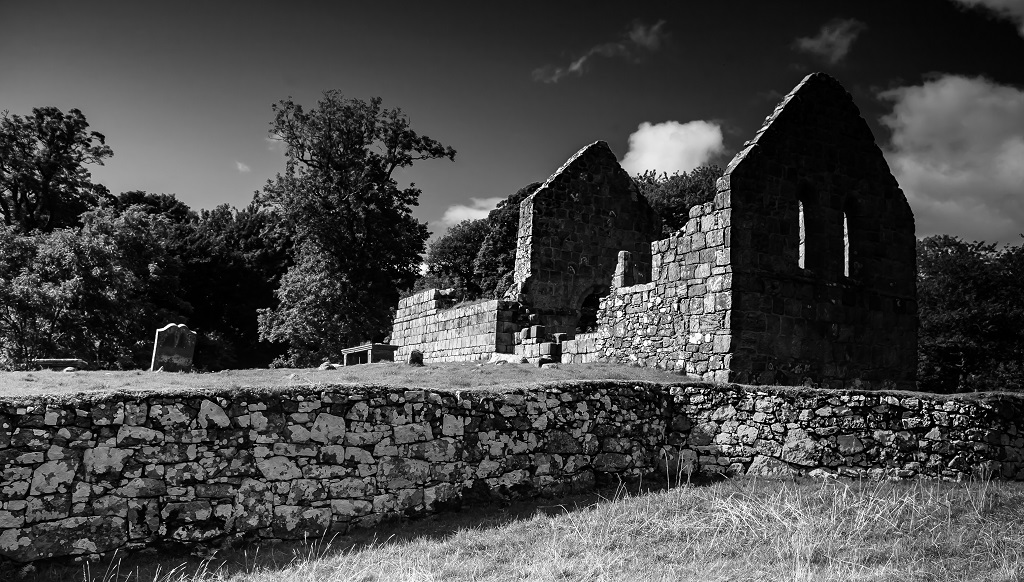
10 fascinating facts about… The Isle of Bute
Cycling, a historic pavilion, royalty and the ice age – four things that can all be connected with the Isle of Bute.
Here, Scottish Field presents 10 things you probably didn’t know about the Isle of Bute.
Secret wartime weapon, the X-craft submarine, was developed on the island.
The design of The Rothesay Pavilion was one of 24 entries for the 1935 competition to find a new building to occupy the site.
In 1398, King Robert III was the first monarch to designate his son, David, the Duke of Rothesay, commencing the tradition of the Dukedom.
The origins of the name ‘Bute’ are uncertain, with claims it is derived from ‘fire’,’beacon fire’ and ‘victory isle’.

St Blane’s Chapel on the Isle of Bute
Dating back to around 500AD, St Blane’s Chapel is one of a number of early Christian sites on the island. The remains of the chapel are surprisingly intact, dating back to the 1200s.
The island’s museum houses the necklace of the ‘Queen of the Inch’, dating back from four millennia.
Henry Robertson ‘Birdie’ Bowers, one of the men who accompanied Captain Scott to the South Pole, was a regular visitor.
The Bute festival of cycling, is one of the oldest cycling events in Scotland, starting before World War II.
The Maids of Bute are two painted standing stones on the northern tip of the island.
The island boasts a display of the processes of the ice age, with glacial valleys, lochs, erratics and raised beaches.
- Click HERE to read 10 fascinating facts about Dumfries and Galloway.
- Click HERE to read 10 fascinating facts about Lanarkshire.
- Click HERE to read 10 fascinating facts about Mid Argyll.
- Click HERE to read 10 fascinating facts about Orkney.
- Click HERE to read 10 fascinating facts about Perth.
- Click HERE to read 10 fascinating facts about Perthshire.
- Click HERE to read 10 fascinating facts about Royal Deeside.
- Click HERE to read 10 fascinating facts about Speyside.
TAGS

